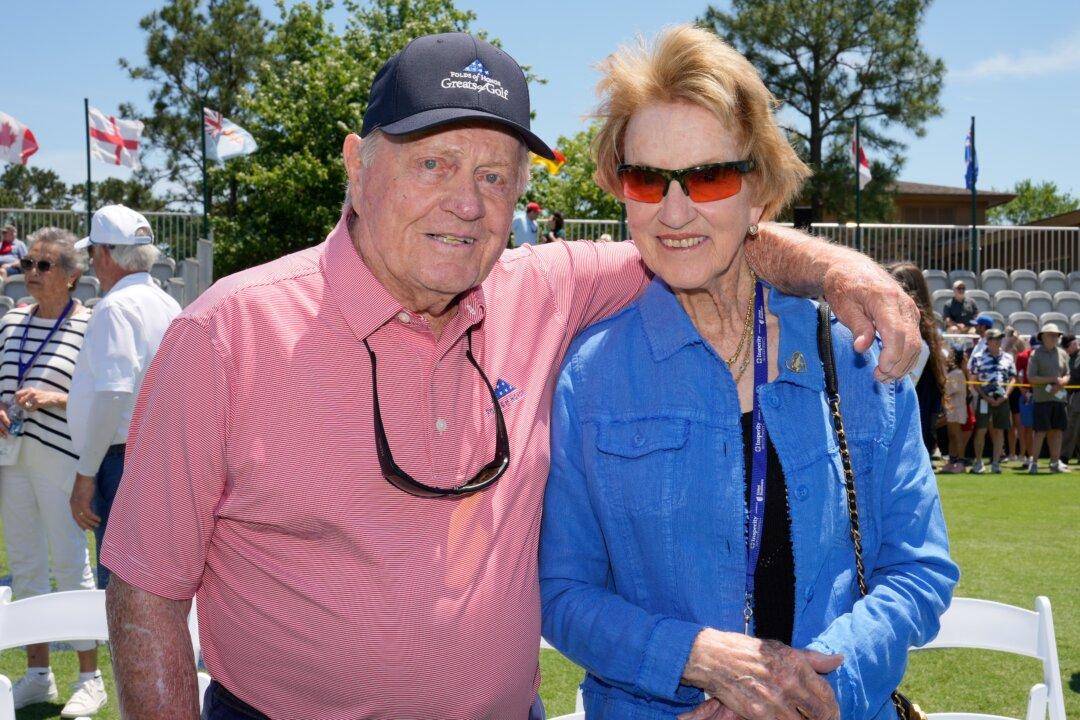Oakmont, PA—When the U.S. Open commences Thursday morning the field will encounter one of America’s premier and storied layouts—Oakmont CC. The famed Western-Pennsylvania layout will host its record 9th U.S. Open and this year’s version will no doubt test all of the competitors to the utmost. The architecture of the course is no less an essential element of the overall storyline. Oakmont was created by the Fownes family: founder Henry Clay Fownes and his son William Clark Fownes, Jr.
The intent was quite simple—make a golf course that never rewarded the misplayed or poorly executed golf shot. Beyond the rolling terrain and the severe rough, Oakmont is fortified by bunkers—210 of them now—but in the Fownes’ time frame nearly 350. The putting surfaces are also renowned as the most vexing and speediest in all of golf. To say that Oakmont is a thorough examination would be the understatement of the year.
Providing insights into the nature of Oakmont is four gifted architects who are participating in this version of, “Behind the Architectural Curtain.” The man who hoists the trophy as U.S. Open champion will clearly be celebrated not only for his immense golf skill but in having done so on arguably one of the ten finest golf courses on the planet.






